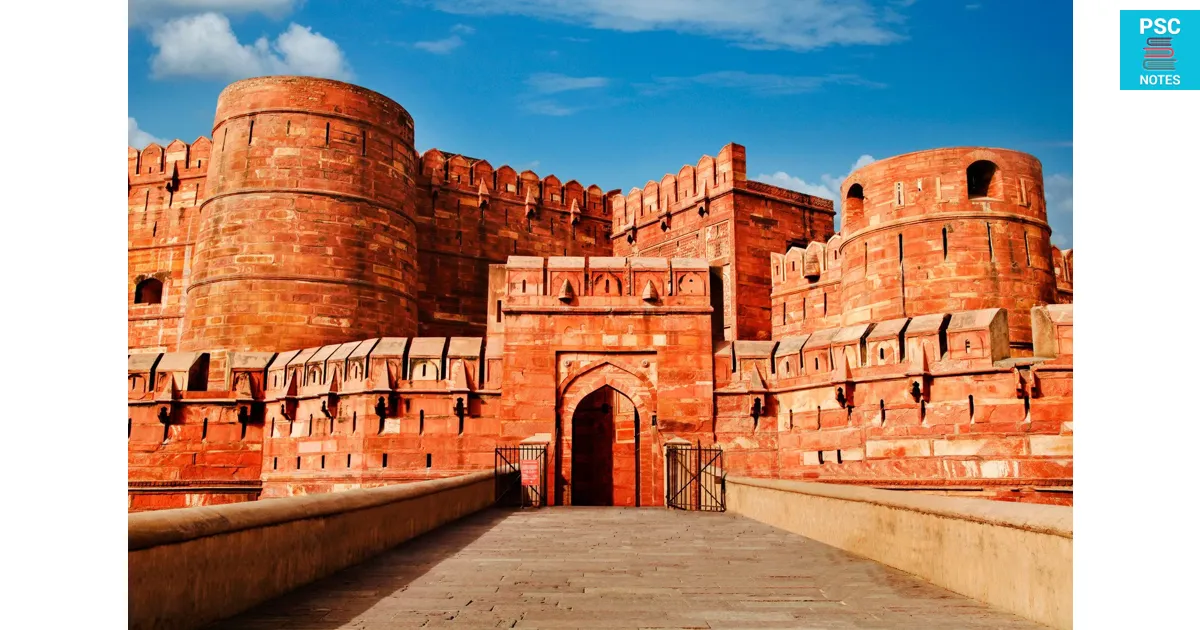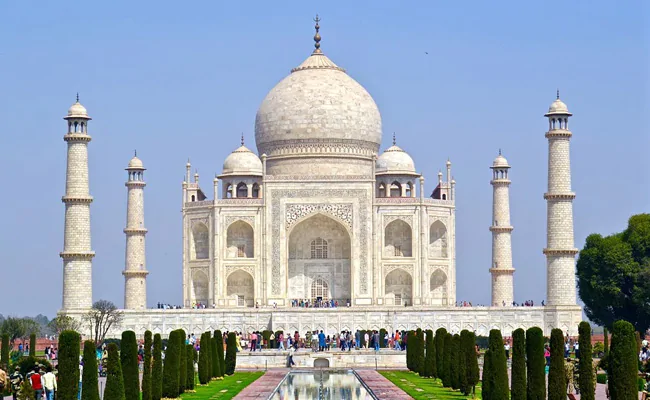<<<<<<-2a h2>Agra Summit
The Agra Summit was a meeting between the leaders of India and Pakistan that took place in Agra, India, from July 14 to 16, 2001. The summit was intended to discuss a number of issues, including Kashmir, terrorism, and economic cooperation. However, the summit ended without any agreement being reached.
The summit was preceded by a number of meetings between Indian and Pakistani officials. In March 2001, Indian Prime Minister Atal Bihari Vajpayee visited Pakistan, and in April 2001, Pakistani Prime Minister Nawaz Sharif visited India. These meetings were seen as a positive sign, and there was hope that the Agra Summit would be successful.
However, the summit was overshadowed by the terrorist attacks on the World Trade Center and the Pentagon on September 11, 2001. These attacks led to a change in the global political landscape, and the Agra Summit was ultimately unable to overcome the obstacles that had been created by the terrorist attacks.
Despite the failure of the Agra Summit, it was a significant event in the history of Indo-Pakistani relations. It was the first time that the leaders of India and Pakistan had met face-to-face in over a decade. The summit also provided an opportunity for the two countries to discuss a number of important issues.
The Agra Summit was a missed opportunity for India and Pakistan to improve their relations. However, it is important to remember that the summit was held in a very difficult time. The terrorist attacks of September 11, 2001, had a major impact on the global political landscape, and it was difficult for India and Pakistan to overcome the obstacles that had been created by these attacks.
Despite the failure of the Agra Summit, it is important to continue to work towards improving Indo-Pakistani relations. The two countries have a long history of conflict, but they also have a long history of cooperation. It is important for India and Pakistan to work together to resolve their differences and to build a more peaceful future.
- Historical Context:
- Background and significance of Agra in relation to the event
- Previous summits or meetings held in Agra, if applicable
- Taj Mahal in Agra, India
- Purpose and Objectives:
- Stated aims of the summit
- Key issues on the agenda
- Participants:
- Heads of state or government representatives involved
- Inclusion of other stakeholders (business leaders, civil society, etc.)
- Discussions and Negotiations:
- Topics and themes addressed
- Nature of the discussions (formal vs. informal, etc.)
- Outcomes and Agreements
- Treaties, declarations, or joint statements issued
- Commitments made by participants
- Impact and Legacy:
- Short and long-term consequences of the summit
- Whether the summit achieved its intended objectives
- Controversies or Critiques:
- Any points of disagreement or criticism surrounding the summit
Historical Context
The city of Agra, home to the iconic Taj Mahal, has held historical significance as a center of power and diplomacy. Depending on the specific summit in question, it’s important to understand any previous meetings or agreements associated with Agra that might have shaped or influenced the summit’s agenda.
Purpose and Objectives
Identifying the stated goals and objectives of the Agra Summit is crucial. Whether focused on resolving conflicts, deepening cooperation, or addressing regional challenges, understanding the intended outcomes provides a framework for analyzing the summit’s proceedings.
Participants
The individuals and groups involved in the Agra Summit play a significant role in shaping its dynamics. Heads of state, government representatives, diplomats, and potentially leaders from business, civil society, or other sectors all bring unique perspectives and interests to the negotiations.
Discussions and Negotiations
The heart of the summit lies in the specific topics discussed and the nature of those discussions. These could range from formal negotiations to more informal exchanges of ideas. It’s important to investigate the key themes addressed and whether there was a structured process or a more free-flowing conversation.
Outcomes and Agreements
Pinpointing any concrete outcomes of the Agra Summit is essential. This might include treaties signed, declarations made, or specific commitments undertaken by the participants. Tangible results of the summit are often a key measure of its success.
Impact and Legacy
Was the Agra Summit a turning point, or did it have minimal lasting impact? Analyzing both short-term and long-term consequences of the summit helps determine its significance. Determining whether the summit’s objectives were achieved over time provides a comprehensive assessment of its overall impact.
Controversies or Critiques
It’s rare for any summit, particularly those addressing complex or contentious issues, to be free from different viewpoints or criticism. Investigating disagreements among participants, critiques surrounding the summit’s process, or concerns about the outcomes offers a more nuanced understanding of the event.
Considerations
The specific details, impact, and legacy of the Agra Summit will depend on the particular event in question. Depending on the focus, some of these subtopics might be more relevant than others. Analyzing a summit using this framework helps provide a comprehensive understanding of its role in history.
Frequently Asked Questions
What was the Agra Summit?
The Agra Summit was a meeting between the leaders of India and Pakistan that took place in Agra, India, from July 14 to 16, 2001. The summit was intended to discuss a number of issues, including Kashmir, terrorism, and economic cooperation. However, the summit ended without any agreement being reached.
Why did the Agra Summit fail?
The Agra Summit failed for a number of reasons. First, the two countries had different expectations for the summit. India was hoping to reach a breakthrough on the Kashmir issue, while Pakistan was hoping to improve economic cooperation. Second, the two countries had different priorities. India was more concerned with terrorism, while Pakistan was more concerned with Kashmir. Third, the two countries had different negotiating styles. India was more direct, while Pakistan was more indirect.
What were the consequences of the Agra Summit?
The Agra Summit had a number of consequences. First, it led to a deterioration in Indo-Pakistani relations. Second, it increased tensions between the two countries. Third, it made it more difficult for the two countries to resolve their differences.
What are the prospects for future Indo-Pakistani relations?
The prospects for future Indo-Pakistani relations are uncertain. The two countries have a long history of conflict, but they also have a long history of cooperation. It is important for India and Pakistan to work together to resolve their differences and to build a more peaceful future.
Q: Why would leaders from different countries meet for a summit?
- A: Summits provide a setting for addressing complex issues, resolving disputes, building relationships, or setting joint goals.
Q: Where do important summits usually take place?
- A: They can be held in major cities, neutral locations, or sometimes in places with historical or symbolic significance for the topic discussed.
Q: Are summits just about government leaders talking?
- A: Not always. Depending on the topic, they might include business leaders, representatives from NGOs, or other relevant stakeholders.
Q: Do summits always result in big changes or agreements?
- A: Sometimes they produce major breakthroughs, while others yield incremental progress, or simply provide a forum for communication to continue.
Q: Can summits ever be controversial?
- A: Yes, disagreements over the topics discussed, the participants involved, or even the outcomes of the summit can become points of controversy.
MCQS
- A primary purpose of a high-level summit between nations could be to:
- (A) Avoid any complex negotiations or challenging topics
- (B) Discuss potential collaborations or resolve disagreements
- (CCC) Declare an end to all ongoing diplomatic relations
- (D) Elect leaders to a global governing body
- The location chosen for a summit might be important because it can:
- (A) Have symbolic or historical significance for the issues discussed
- (B) Guarantee that all participants will agree on the outcomes
- (C) Ensure that the summit happens quickly and without complex planning
- (D) Have no impact on the meaning or success of the event
- In addition to heads of state, other potential participants at a summit could include:
- (A) Representatives from international organizations or NGOs
- (B) Leaders of industries relevant to the topics addressed
- (C) Members of the general public selected randomly
- (D) All of the above
- The success of a summit is often measured by:
- (A) How long the meeting lasts, with longer being better
- (B) Whether there are any public disagreements or criticisms
- (C) If tangible agreements or commitments are reached
- (D) Focusing primarily on the symbolism and not any practical results
- Even if a summit doesn’t result in immediate breakthroughs, it can still be valuable because it:
- (A) Guarantees that the issue won’t need to be addressed again
- (B) Provides a space for open communication and understanding differing viewpoints
- (C) Eliminates future conflicts between participants
- (D) Ensures that all public criticism is silenced

